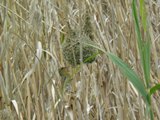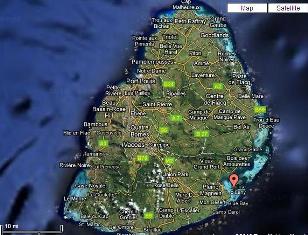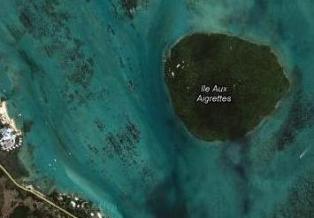Weaver news
| Cristinacce A, Garrett LJH, Cole RE, Vikash Tatayah RV, Jones CG. 2010. Nesting success of a managed population of Mauritius Fodies Foudia rubra marooned on a partially restored island. Bird Conservation International 20:365-374 Abstract. The marooning of populations on offshore islands can be used as a conservation technique for species threatened by introduced predators, but post-release breeding success is not always as high as expected. Following the release of Mauritius Fodies onto a partially restored islet of regenerating forest, supplementary food and control of nest parasites through the application of insecticide were used as precautionary measures to aid the establishment of a population. Nests were continuously monitored in the first three breeding seasons to inform future management decisions. The fodies built nests in taller, more mature vegetation and younger females were more likely to abandon nests before incubation started. Eggs were laid between July and February and nests made earlier in the season were more likely to fledge young. Treating nests with the insecticide carbaryl increased the probability of success, but the distance of the nest from the supplementary feeding aviaries had no effect. The number of young per female decreased each breeding season and nesting success was similar to that of fodies using exotic plantation trees on the mainland between 2002 and 2006. Future research using population models and adaptive management could lead to the withdrawal or reduction of support measures for the released population and/or the harvest of individuals to establish populations on other offshore islands. This paper describes how a population of Mauritius Fodies were established on Ile aux Aigrettes (left map: red marker, right map: enlarged) in Mauritius.
Literature as featured in Weaver Watch news items |












